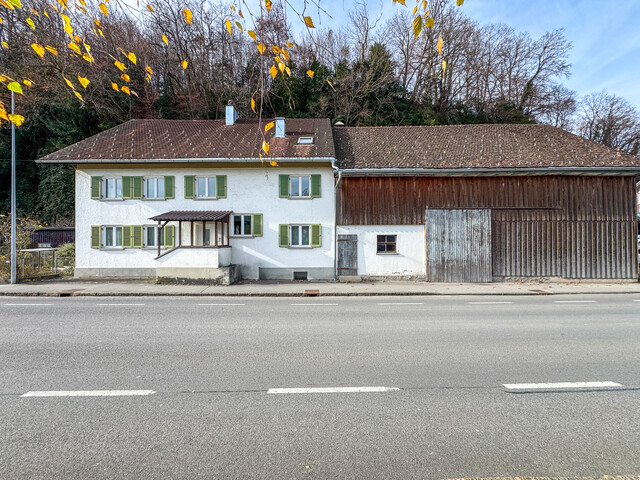US Startup Plans Artificial Gold Production

Gold might soon no longer come from mines, but from the reactor.
A startup from San Francisco is attracting attention with an unusual concept: The company Marathon Fusion plans to artificially produce gold through nuclear fusion – as a byproduct of energy generation. The basis for this is the targeted conversion of certain mercury isotopes into gold, triggered by neutrons released during the fusion of hydrogen into helium.
Gold Production Through Nuclear Fusion
Nuclear fusion is considered a promising technology for an emission-free energy future. Marathon Fusion is using a concept that goes beyond mere electricity production: In a special reactor mantle, mercury isotopes, as well as lithium, are to be placed. An unstable isotope is created, which decays into gold after a short time – according to founder Adam Rutkowski, without affecting the fusion process.
Economic Perspective
According to calculations, a fusion power plant with a gigawatt output could produce up to five tons of gold annually. At current market prices, this would correspond to the economic equivalent of electricity production – potentially doubling the return. According to Rutkowski, this would be a crucial step in covering the high investment costs of fusion power plants.
Long-term Consequences for the Gold Market
Although the idea is currently still based on a theoretical paper, its implementation could have profound effects. If synthetic gold is produced in larger quantities, there is a risk of market saturation. Currently, the global gold supply is about 5000 tons per year. Fusion reactors could eventually exceed this amount – with drastic consequences for the gold price.
Technical Hurdles Remain
Despite the media interest, the technical breakthrough has not yet occurred. The first commercial fusion reactors are expected at the earliest in the 2030s. Additionally, the gold produced in the reactor would initially be radioactively contaminated and, according to Rutkowski, would need to be stored for about 15 years.
Conclusion
The idea of producing gold through nuclear fusion remains, for now, a vision of the future. However, it shows how far-reaching the visions surrounding the energy of the future have become, with potential consequences far beyond electricity generation.
This article has been automatically translated, read the original article here.
Du hast einen Hinweis für uns? Oder einen Insider-Tipp, was bei dir in der Gegend gerade passiert? Dann melde dich bei uns, damit wir darüber berichten können.
Wir gehen allen Hinweisen nach, die wir erhalten. Und damit wir schon einen Vorgeschmack und einen guten Überblick bekommen, freuen wir uns über Fotos, Videos oder Texte. Einfach das Formular unten ausfüllen und schon landet dein Tipp bei uns in der Redaktion.
Alternativ kannst du uns direkt über WhatsApp kontaktieren: Zum WhatsApp Chat
Herzlichen Dank für deine Zusendung.








